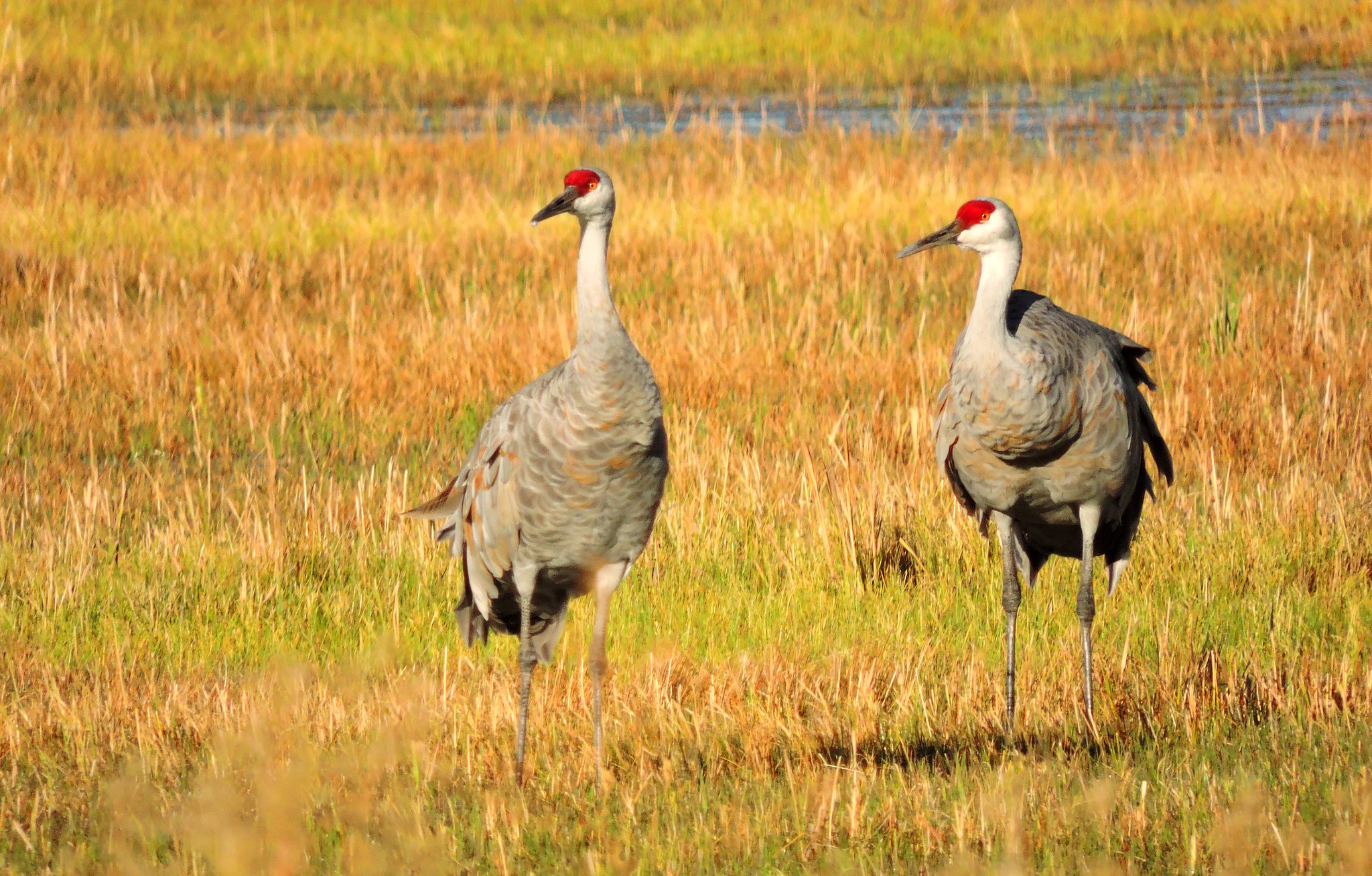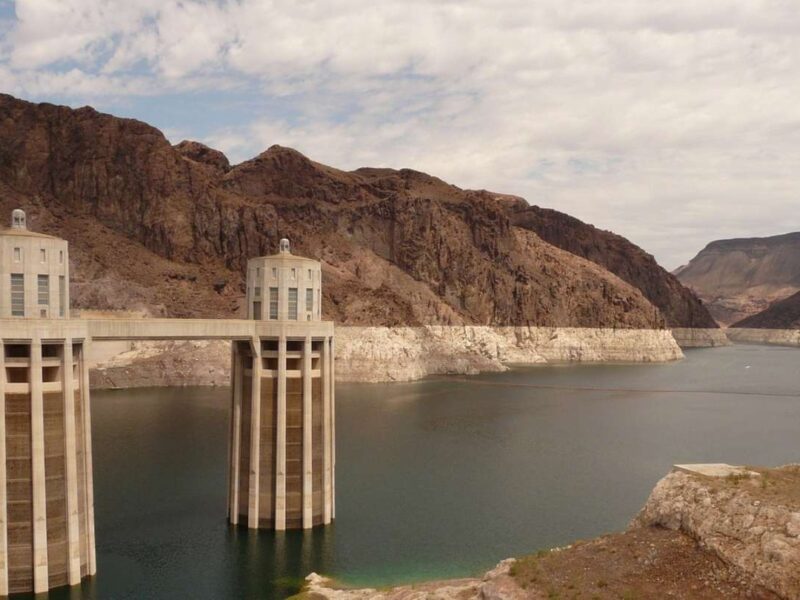Springing from farm to wild and back again
This May marks my 5th anniversary of walking first irrigation water down this land. Today is the first year I’ve truly heard the spring call of a pair of sandhill cranes. I remember being on the Two Creek Ranch in Montana’s Blackfoot Valley last spring with a student film crew as they recorded “ranch tone” while the cranes flew overhead. Their call sounded unremarkable to me at the time.
But today, as I admired how the no-till practices that have left our corrugations cluttered with last season’s debris slow the trickle of water down this sloping field, the call of this pair of cranes reached deeper. It sounded crisper. I stopped and watched the pair circle overhead before settling down in nearby Deer Creek.
Each growing season, I learn to appreciate something new on the farm. Last year, after spending a winter playing single mom as my husband traveled for winter work, I appreciated the quiet of setting water together that spring brought with the return of my husband. The return to the fields nourished my soul, as the spring prior, I tended to our infant daughter Kaia indoors while Grant tended the fields. The year before that, 2017, I acquired a new perspective on the abundance of life on our farm, as I grew a new life for my own little family. The year before that, my first summer living in the Northern Rockies, I struggled with the twice daily chore of setting water. The wanderlust that is a part of my soul – that has taken me from Texas to New Zealand to Washington to Japan to Austria to California to Argentina – left me wanting to explore the mountains encircling my new home in Wyoming’s Bighorn Basin. I had not yet set roots into the sandy loam, but my visits the previous year in 2015 had taught me that there were gold nuggets hidden in this soil. The warm welcome of neighboring farmers as I waited in line to deposit the season’s barley at the Briess elevator in Ralston evinced a promise of community.
Cattle and the stewards that tend them maintain this ecosystem and the sparse dispersed rural community, through the livelihoods—human, plant, and animal—they create.
Alex Few
Now 5 years and a baby later, the call of that pair of Sandhill Cranes lingers in my heart. As I looked across the burgeoning hay, I remembered that the neighbor’s daughter had spotted a grizzly bear sow with two cubs along the Shoshone River from the field’s edge in 2018. I thought about the guilds of flora and fauna missing from this landscape. The ecosystem here is heavily altered by man. Water flows through corrugations laid into the soil by big iron. Tractors will traverse this field 10 to 15 times this season to harvest hay that will ultimately feed cattle and horses from Pennsylvania to Texas, along with local livestock. The landscape gets progressively more wild as you follow this river for 70 miles to the end of the road up the South Fork. There, elk, deer, pronghorn and cattle fill the ungulate niche. Hay is mostly harvested by incisors, not iron, and my wanderlust is soothed.
The ranches of the South Fork support families as well as an intact ecosystem – a fact often overlooked as one peers across the divide into rural communities. Cattle fill most of the void left by bison, although you can still find some of the iconic beasts – wild and domestic – in neighboring drainages. The ranches, a patchwork of public and private lands, support some of the most well documented migrations of elk out of Yellowstone National Park and the full suite of carnivores, now restored. Cattle – and the stewards that protect them and the land – maintain this ecosystem and the sparse, dispersed rural community through the livelihoods they create.

Back at home on our family farm, I can feel that my roots have grown deeper. I think about adding cattle to bring natural processes back to this heavily tread soil. My husband now talks of using cover crops as a solution to get water across rocky spots, and he still dreams of adding “bird habitat” near a spring along one field’s western edge. I believe we all have some innate desire for the wild, and I feel fortunate to have my knowledge of the path agriculture can provide to biodiversity rooted, tended, and grown by personal experience.
Featured image: Pair of Sandhill Cranes. NPS/Patrick Myers





